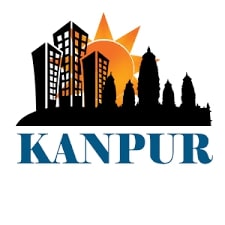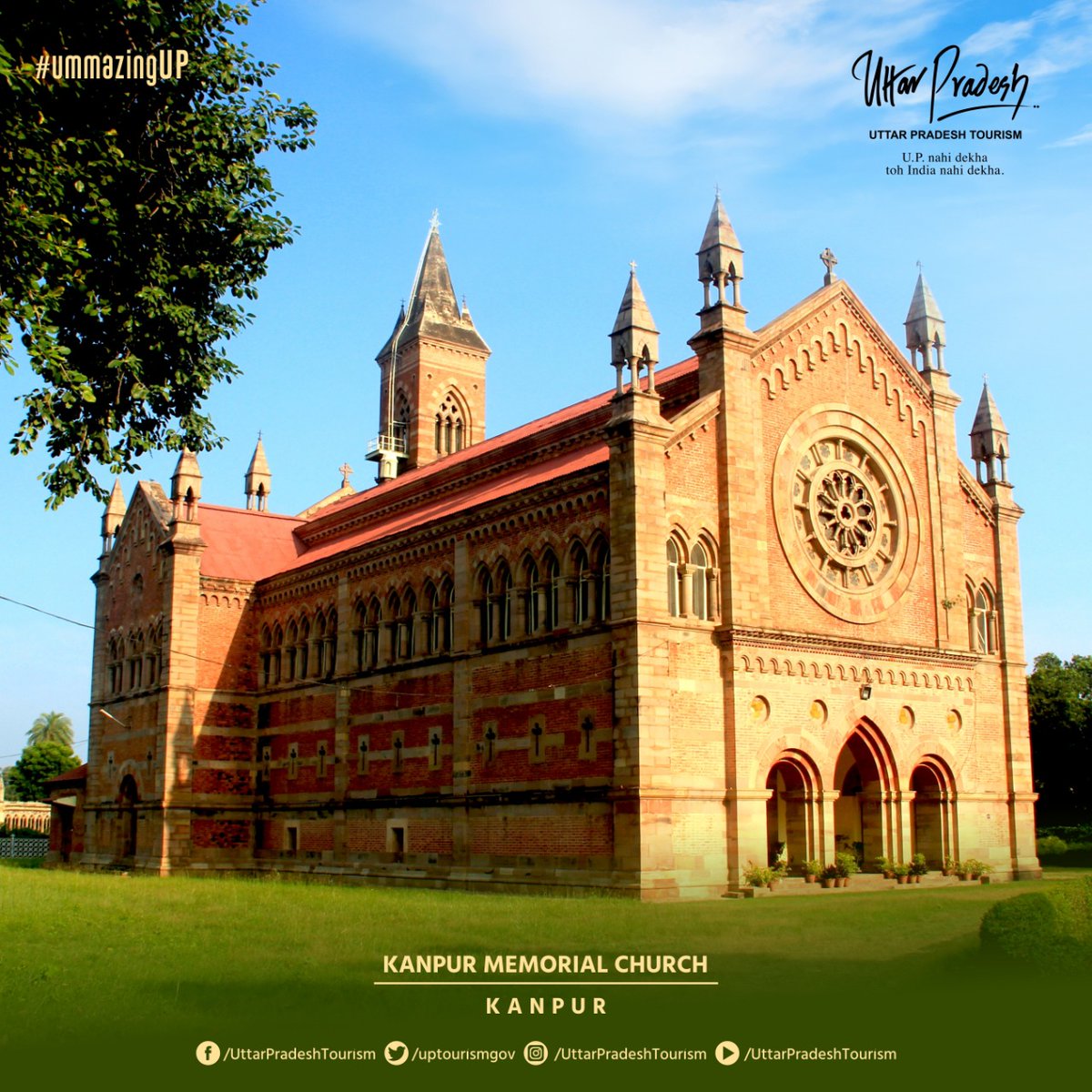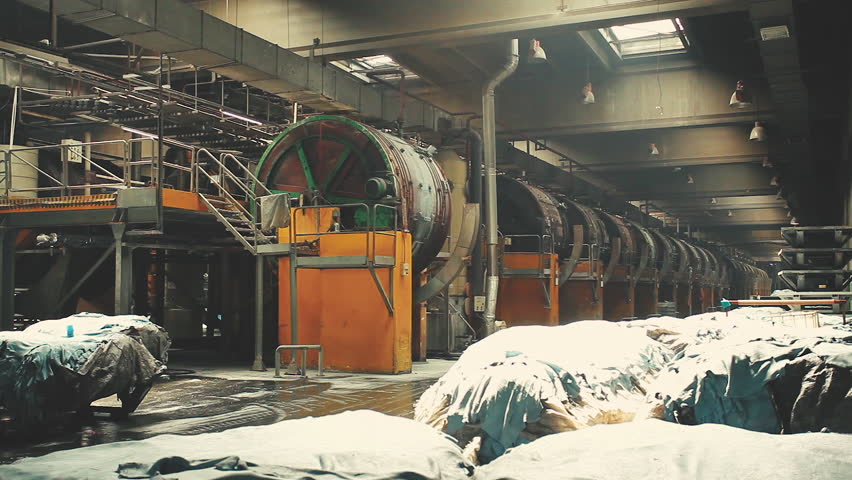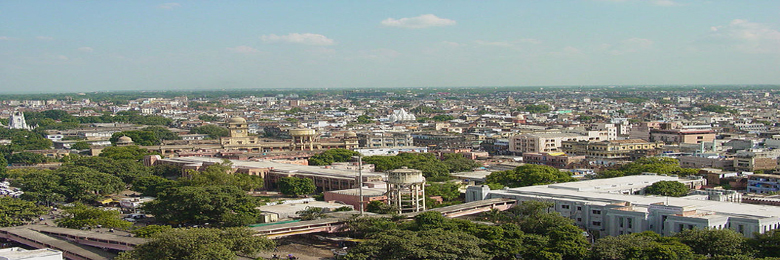MANCHESTER OF EAST:
The JOURNEY OF THIS CITY FROM CAWNPORE to KANPUR

MANCHESTER OF EAST:
The JOURNEY OF THIS CITY FROM CAWNPORE to KANPUR

INTRODUCTION
The metropolitan region defined under JNNURM by Kanpur Nagar Nigam, includes the Kanpur Nagar Nigam area, 8 kilometres around KNN boundary and newly included 47 villages of Unnao district on the north-eastern side, it extends to Murtaza Nagar, in the west its limit is up to Akbarpur, Kanpur Dehat Nagar Panchayat limit, on the eastern side the limit has been expanded on the road leading to Fatehpur and in extended up to. The metropolitan region area includes the area of Shuklaganj Municipal Committee (Nagar Palika), Unnao Municipal Committee (Nagar Palika), Akbarpur Village Authority (Nagar Panchayat) and Bithoor Village Authority (Nagar Panchayat) area.[19] In 1997–98, total metropolitan region area has increased to 89131.15 hectare out of which 4,743.9 hectare (5.31%) was non-defined (prohibited area) and rest 29,683 hectare and 54,704 hectare (61.39%) was urban and rural area respectively..

HISTORY OF KANPUR
The city was established on March 24, 1803. Nestled on the banks of Ganga, Kanpur stands as one of the major industrial centres of north India. "Believed to be founded by king Hindu Singh Chandel of the erstwhile state of Sachendi, the present Kanpur was initially named as Kanhiyapur.
In 1207, Raja Kanh Deo of the Kanhpuria clan established the village of Kanhpur, which later came to be known as Kanpur Though controversy surrounds what exactly happened at the Satti Chaura Ghat, and who fired the first shot, it is known that, soon afterwards, the departing British were shot at by the rebel sepoys and were either killed or captured. Some of the British officers later claimed that the rebels had, on purpose, placed the boats as high in the mud as possible, to cause delay. They also claimed that Nana Sahib's camp had previously arranged for the rebels to fire upon and kill all the English. Although the East India Company later accused Nana Sahib of betrayal and murder of innocent people, no evidence has ever been found to prove that Nana Sahib had pre-planned or ordered the massacre. Some historians believe that the Satti Chaura Ghat massacre was the result of confusion, and not of any plan implemented by Nana Sahib and his associates. Lieutenant Mowbray Thomson, one of the four male survivors of the massacre, believed that the rank-and-file sepoys who spoke to him did not know of the killing to come. Many were killed and the remaining 200 British women and children were brought back to shore and sent to a building called the Bibighar (the ladies' home). After some time, the commanders of the rebels decided to kill their hostages. The rebel soldiers refused to carry out orders and butchers from the nearby town were brought in to kill the hostages three days before the British entered the city on 18 July. The dismembered bodies were thrown into a deep well nearby.
The British under General Neill retook the city and committed a series of retaliations against the rebel Sepoys and those civilians caught in the area, including women, children and old men. The Cawnpore Massacre, as well as similar events elsewhere, were seen by the British as justification for unrestrained vengeance. "Remember Cawnpore" became a war cry for British for the rest of the rebellion.
FAMOUS PLACES TO VISIT IN KANPUR
1. Allen Forest Zoo
2. JK Temple, Kanpur3. Moti Jheel, Kanpur
4. Z Square Mall, Kanpur
5. Bithoor, Kanpur.. .
6. Japani Garden, Kanpur. ..
7. Ganga Barrage (Lav Kush Barrage), Kanpur. ..
8. Kanpur Memorial Church, Kanpur.
9. Phool Bagh and Kanpur Museum
10. ISKCON Temple
11. Massacre Ghat
12. Green Park Stadium
13. Sadar Bazaar
14. Jain Glass Temple
15. Blue World Theme Park
16. Ganga Barrage
17. Nano rao park
18. IIT kanpur

BELONGINGS OF KANPUR
"The sacred serene GANGA and the leather tannery here,My city is an alluring blend of urban and rural, No pubs to grab a few beer, but banarasi ki chai to give you a high, Once in kanpur you can't bid a gud bye"
🥘🥃🧇
🥘🥃🧇
I hail from Kanpur, a city famous for leather, LADDOOS, Delicacies like samosa and chhola, Kulchas,jalebi and dahi and many mouth watering Local Street foods and people with Big Hearts.

GEOGRAPHY OF KANPUR
Kanpur is a major industrial centre of Uttar Pradesh. The city is popularly known as Leather City of India as it is home to numerous tanneries which produce quality leather products. The city is located on the banks of River Ganges and has an approximate area of 605 square km.
Climate: Climate of Uttar Pradesh Like most of lowland northern India, Kanpur has a monsoon-influenced hot semi-arid climate (BSh) under the Köppen climate classification.

ART, CULTURE AND SOCIETY OF KANPUR
Demographics:
Ethnic communities in Kanpur and List of people from Kanpur As per the provisional results of 2011 census, Kanpur city has a population of 4,581,000.The literacy rate was 79.65 per cent and sex ratio was 862. There are 35 Parsis in Kanpur with their Fire Temple at The Mall. Hinduism is a majority in Kanpur with sizeable minority of Muslims. Sikhs, Christians and Buddhists are below 2 percent.People of Kanpur are very simple and lives very ordinary life far apart from the showy life like many big cities. People of Kanpur are very harmonious and pay great respect to their elders.
Food:
Kanpur is famous for its multi-cuisine food and therefore, there are so many restaurants to offer you the same. Also, a trip to Kanpur is incomplete without tasting its mouth-watering Chat!! But chewing of Pan complete your meals in the city of Nawabs!Languages and Religions:
Basically, people of Kanpur make use of Urdu, Bengali, Punjabi, Hindi and English for mutual conversation.Mainly, Hinduism is followed in Kanpur but Islam and Sikhism is also followed.Local Festivals, Music and Art:
As we all know, India is full of festivals and so how come, Kanpur could be left aside. The main festival celebrated in Kanpur is Holi. This festival is celebrated with full joy and ecstasy among the local people and different colors fills one’s life with colors. Other festivals like Diwali, Id, Janmastmi, etc are also celebrated in Kanpur.
Kanpur tour available - for site visit contact recommended taxi service: Mr devki-+91 9140058609

f you have any query regrading Site, Advertisement and any other issue, please feel free to contact at "akhandpratap1611@gmail.com"
